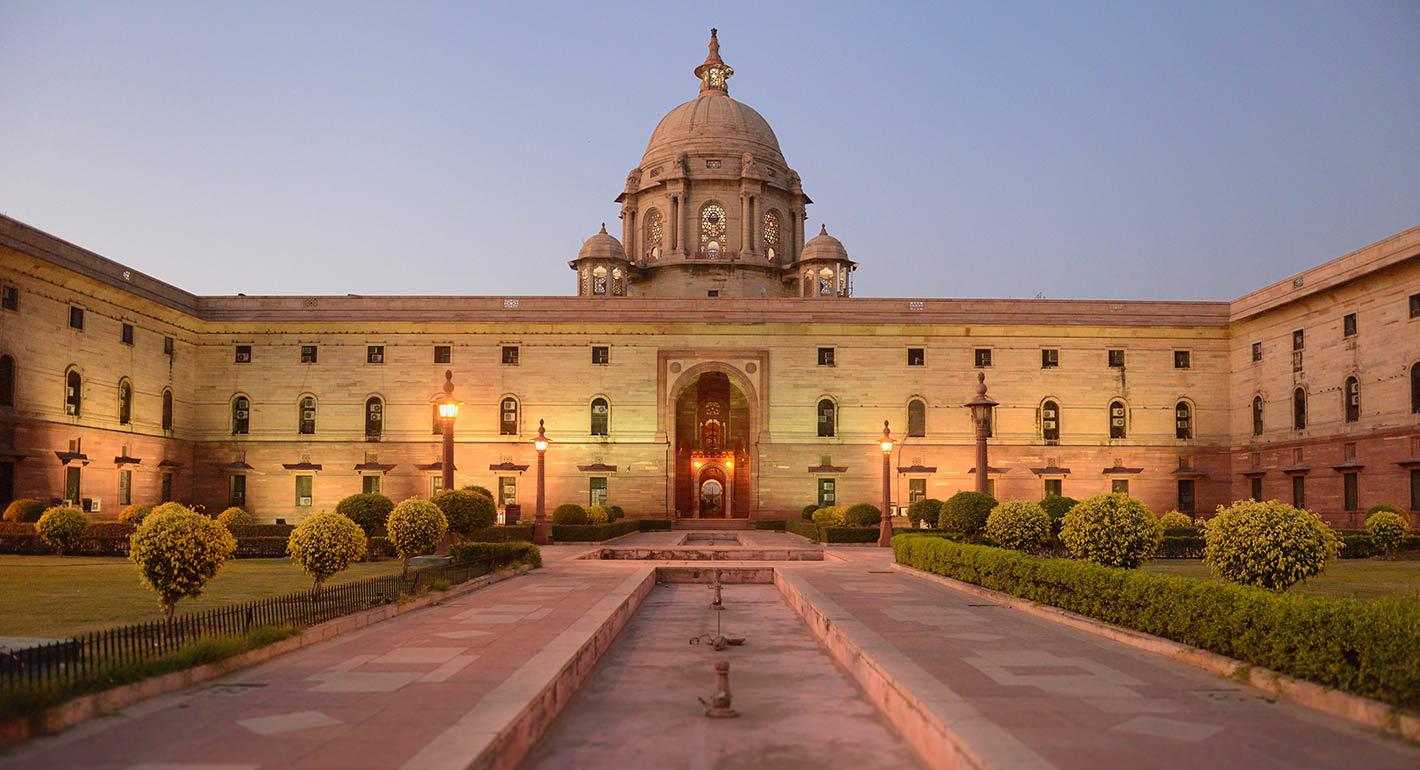Source: India Review
India’s 2019 general election was undeniably a watershed moment in the country’s post–independence political history. Despite concerns about a slumping economy, the baggage of anti–incumbency, and greater opposition coordination, the Bharatiya Janata Party (BJP) of Prime Minister Narendra Modi cruised to victory, attaining a second consecutive single–party majority in the Lok Sabha (lower house of Parliament). Indeed, it was the first time that a non–Congress government had been brought back to power since 1947. And the BJP did so in an election that saw voter turnout hit an all–time high (67.2 percent) and in which the party dominated its opponents on nearly every score.1 According to survey data compiled by the Lokniti Program of the Center for the Study of Developing Societies (CSDS), the BJP triumphed in both rural and urban areas, across Hindu caste groups, among voters of all classes, and in all four corners of the country.
The BJP’s 2014 and 2019 general election victories, coupled with the party’s meticulous expansion at the state–level and approaching majority in the Rajya Sabha (indirectly–elected upper house of Parliament), firmly establish it as the central pole around which politics in India now revolves. If the party’s victory in 2014 raised doubts about the resilience of India’s coalition–based “third party system,” the 2019 election decisively shattered the idea that 2014 was a “black swan” election — a lone aberration rather than the dawn of a new era.2
Under the watchful gaze of Modi and party president Amit Shah, the BJP amply demonstrated its electoral vigor, organizational robustness, fundraising prowess, and narrative–shaping ability. It has also shown its ability to flex its ideological muscle. The twin forces of Hindu nationalism and what Suhas Palshikar calls a “new developmentalism” constitute the two pillars of its ideological vision for a Naya (new) India.3 Both factors helped propel the party back to power, and both have also been on display in the aftermath of the election.
This piece was originally published in the India Review.
Footnotes
1. Election Commission of India.
2. Milan Vaishnav and Jamie Hintson, “The Dawn of India’s Fourth Party System,” Carnegie Endowment for International Peace (September, 2019), https://carnegieendowment.org/files/201909-VaishnavHintson.pdf (accessed September 22, 2019).
3. Suhas Palshikar, “Towards Hegemony,” Economic and Political Weekly 53, no. 33, (August 18, 2018): 36–42.
